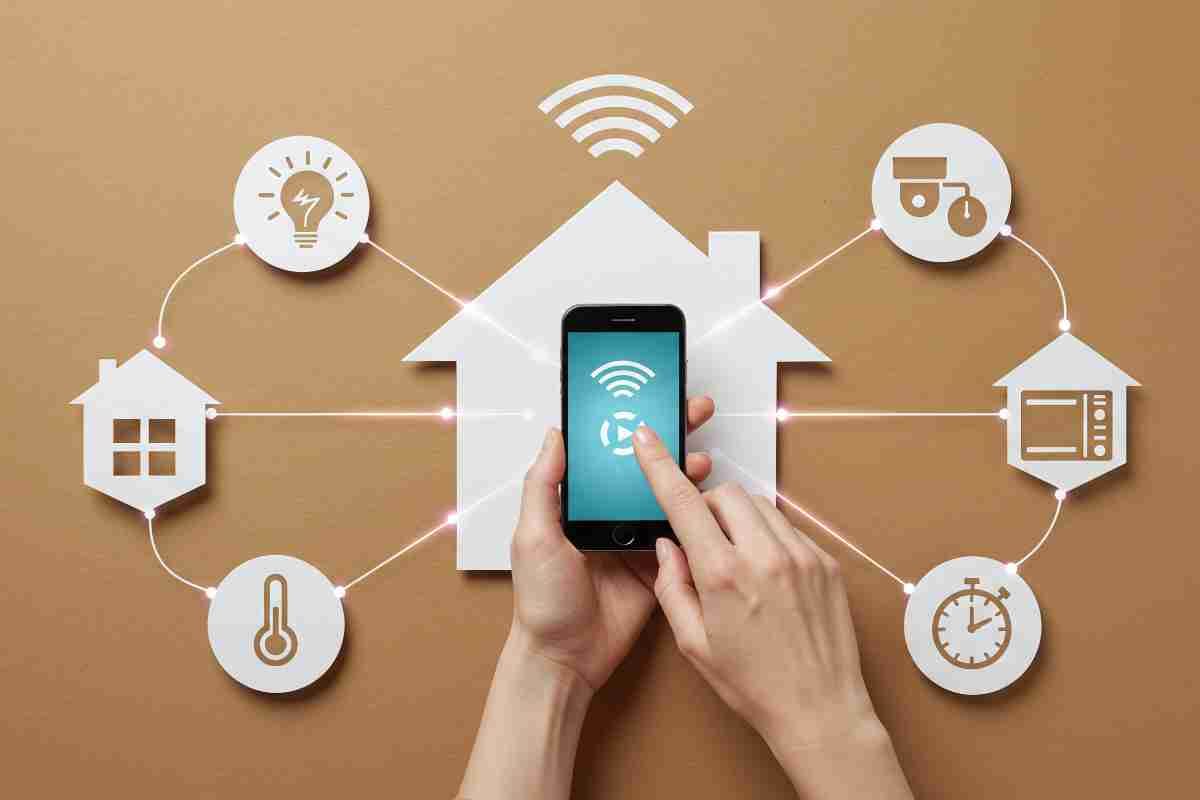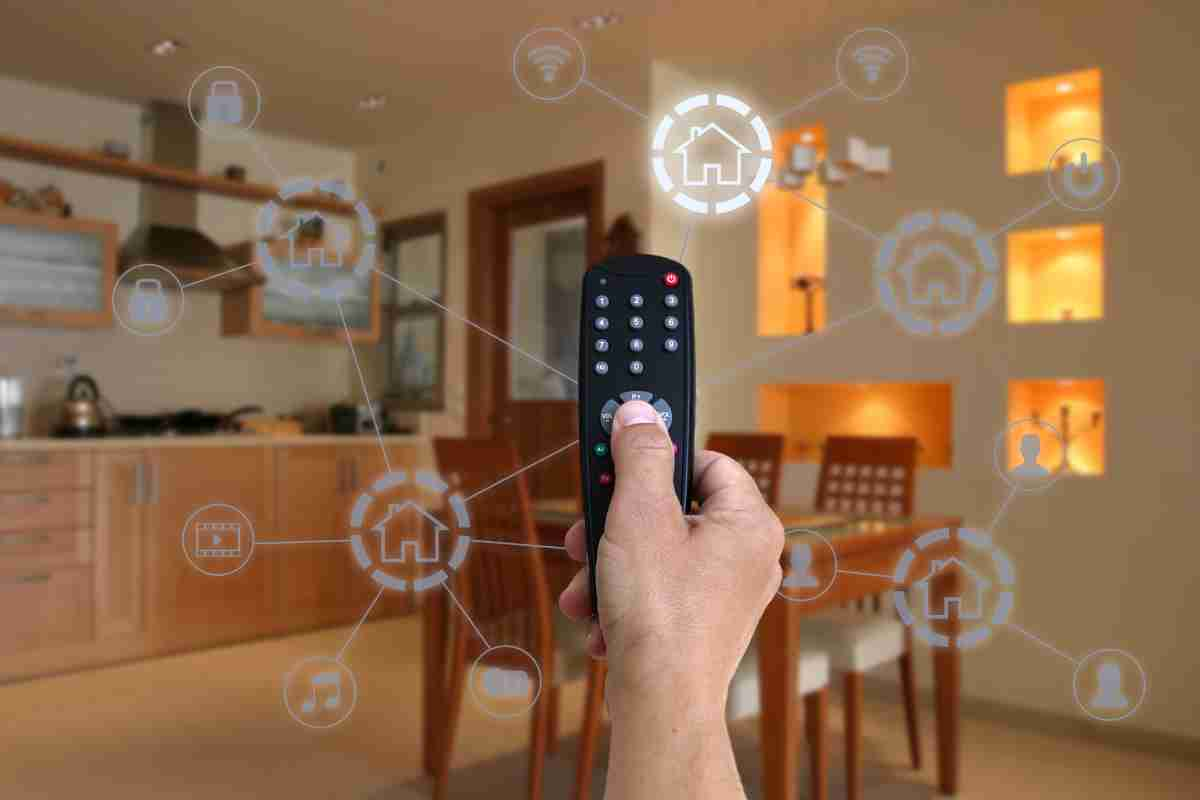Smart Home Upgrades That Save Time, Energy, and Money
You need to make smart home upgrades that save time, energy, and money. From lighting automation to security systems, you must start small and scale up easily.

Smart homes are no longer just a buzzword. They’re creeping into daily life—quietly, almost like that app you downloaded on a whim. The one you didn’t think mattered. Now, you can’t imagine a day without it. Funny how convenience hooks us. People lean in because, well, it feels good.
Sustainability is shifting, too. No longer a moral checkbox. It’s practical now—real choices, not just slogans. And the tech is controlling lights, adjusting temperature, locking doors—all from a phone. That’s not sci-fi anymore. It’s here. It’s normal. Almost boring in how common it feels.
Major Benefits of Smart Home Upgrades
Energy efficiency is not just about shaving dollars off the bill. It’s bigger and is about cutting waste without turning it into a science project. Hence, no spreadsheets and overthinking. Just habits that stick.
Smart thermostats? They’re sneaky and learn your patterns. So you’re not blasting heat when the house is empty. That’s money saved without even trying.
Lighting is also automated. No more yelling down the hall for someone to flip the switch. It happens on its own. Quiet wins. And then the savings—they creep in. Small changes are stacking up month after month, until you notice the difference and wonder why you didn’t start sooner.
Meanwhile, security becomes your peace of mind, packaged in an app notification. These upgrades do not just make homes smarter. Rather, they make daily living smoother. Hence, there is less friction, fewer chores, and more control.
Essential Smart Home Components
The following are some of the important smart home components that will save you time, energy, and money:
1. Lighting Automation
Smart bulbs aren’t just mood tricks. They sync with your day and move with you. So, no wasted energy. Motion sensors in hallways are also pure magic at 2 a.m. when you’re half-asleep, hunting for water. Lights pop on like they know you. They feel effortless and right.
Moreover, it changes how you move through your space. Lighting automation is often the first step because it is affordable and instantly noticeable.
2. Climate Control
Smart thermostats are the quiet heroes of energy savings. This is because of the following reasons:
- They learn patterns
- Adjust temperatures when you are away
- Suggest tweaks to lower bills.
Hence, it is not about obsessing over numbers. Rather, it is about letting tech handle the boring functions. Over time, the savings become a practice. So, you do not have to wonder whether you left the heat on.
3. Security Systems
Nowadays, smart locks, cameras, and alarms are becoming standard. In fact, they are not just for tech enthusiasts. These let you check your front door from work or grant remote access.
That is convenience layered with safety. Even in multi-story homes, smart elevator components are becoming part of the modern upgrade conversation. Hence, it is about integrating security into the rhythm of life and not making it a separate chore.
Budget-Friendly Upgrade Ideas
Not everyone wants to drop thousands on a full smart home overhaul. In fact, you must start small. For instance, smart plugs are a gateway. This is because they turn regular devices into connected ones.
Also, voice assistants are like the glue holding everything together, making control effortless. Begin with one room, say the living room, and scale up as you see the value. Essentially, the trick is not to rush. This is because smart homes are not built overnight. Rather, they evolve with time.
Tips for Starting Small and Scaling Up
Starting small. That’s not just smart. It’s a strategy. Jumping headfirst into a full smart home setup? Overwhelming. Pricey too. So think building blocks. One piece at a time.
1. Pick One Device
Something easy. A smart plug. Maybe a single bulb. Low cost. No stress. Just a taste of automation before you go big.
2. Hit the Spots That Matter
These include high-impact areas. Places you notice every day. Living room lights. Bedroom thermostat. These changes keep you motivated because you feel them. They’re not invisible.
3. Compatibility
Don’t mix ecosystems like a puzzle with missing pieces. Stick to products that play nice together. Saves headaches later when you want everything under one app. Or one voice command. Smooth. Simple.
Hence, start small and scale up when ready. That’s how smart homes stop feeling complicated and start feeling natural.
4. Make Sure to Set a Budget and Stick to It
In most cases, impulse-buy tech spirals quickly. Hence, always work with a monthly or quarterly budget for upgrades. Basically, scaling up should feel controlled and not chaotic.
5. Learn Before You Leap
Always spend enough time understanding features. Make sure to watch tutorials and read reviews. This is because knowledge upfront prevents regret later.
6. Expand Gradually
Once you are comfortable, add more layers. These include:
- Security cameras
- Smart locks
- Climate control.
Actually, every step should feel natural and not forced. This is because scaling up is about rhythm and not speed. Basically, the goal is not a showroom-perfect smart home overnight. Rather, it is developing a system that grows with your lifestyle.
Future Trends in Smart Homes
Expect the next wave to be AI-based automation that feels almost invisible. Hence, homes will predict your needs before you even think about them. Moreover, energy optimization will be tied to renewable sources. In general, these include solar panels syncing with smart grids and battery storage balancing loads.
Moreover, integration will deepen, making homes not just smart but adaptive. Therefore, it is less about gadgets and more about ecosystems working in harmony. That is where we are headed.
Make the Upgrades Now!
Smart home upgrades are not just shiny toys. Rather, they are practical tools for saving time, energy, and money. They simplify routines, cut waste, and add layers of security without demanding constant attention.
Hence, if sustainability and convenience matter to you, these upgrades are not optional but are inevitable. So, start small and think long-term. Also, let your home do some of the heavy lifting.



Comments ()